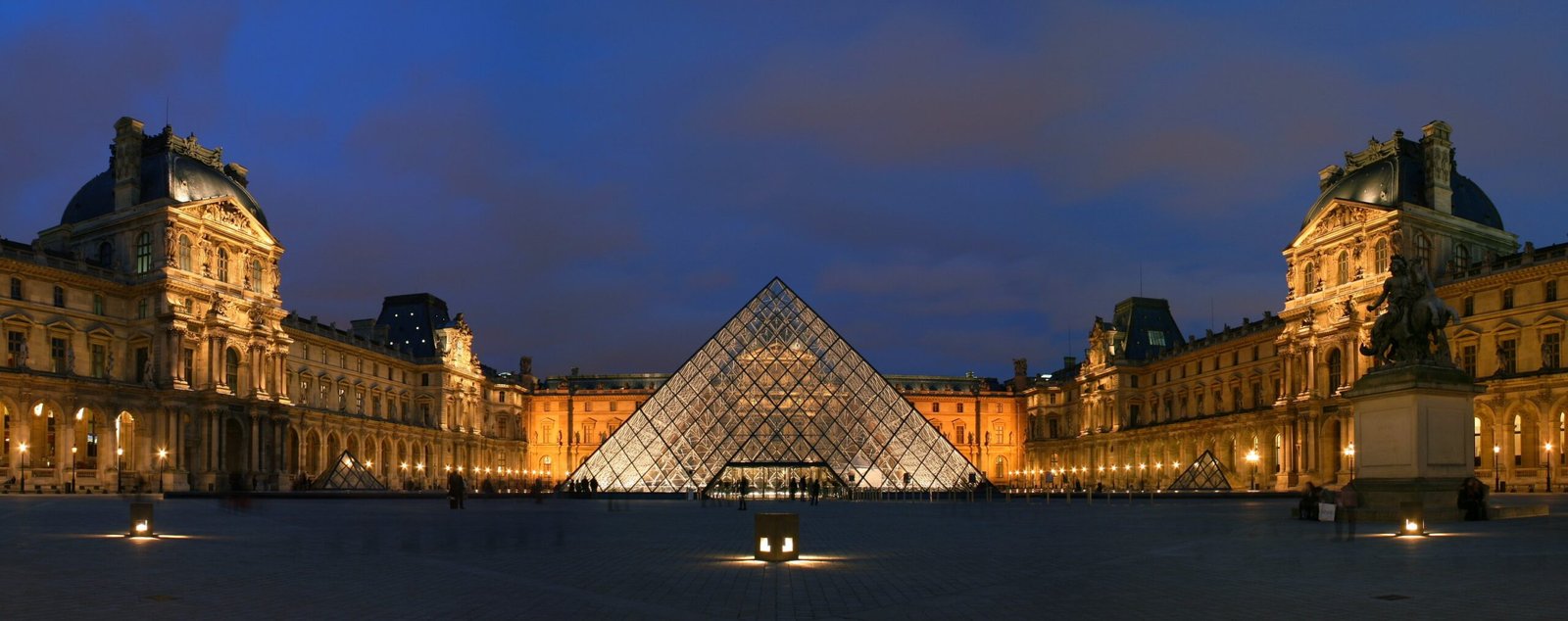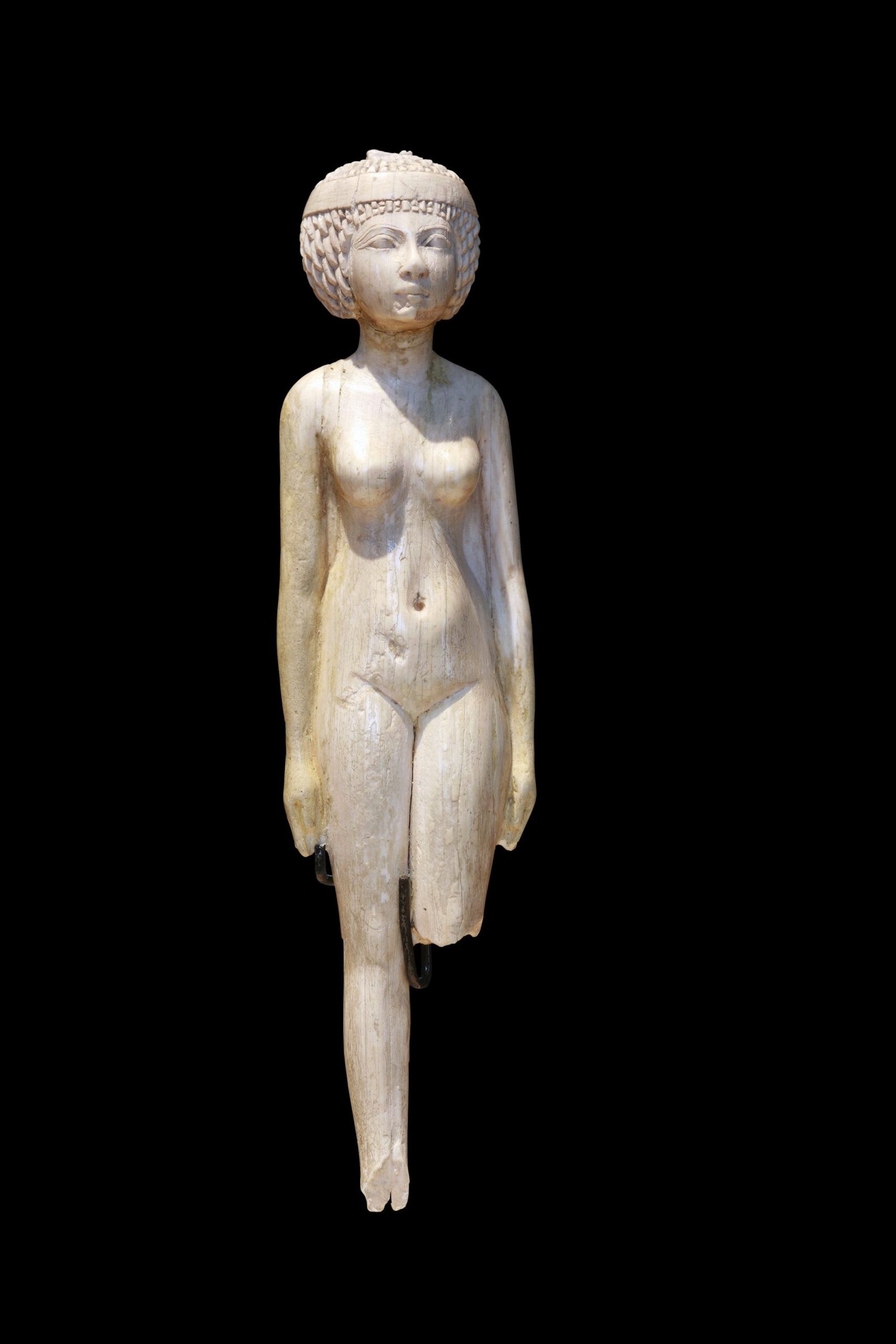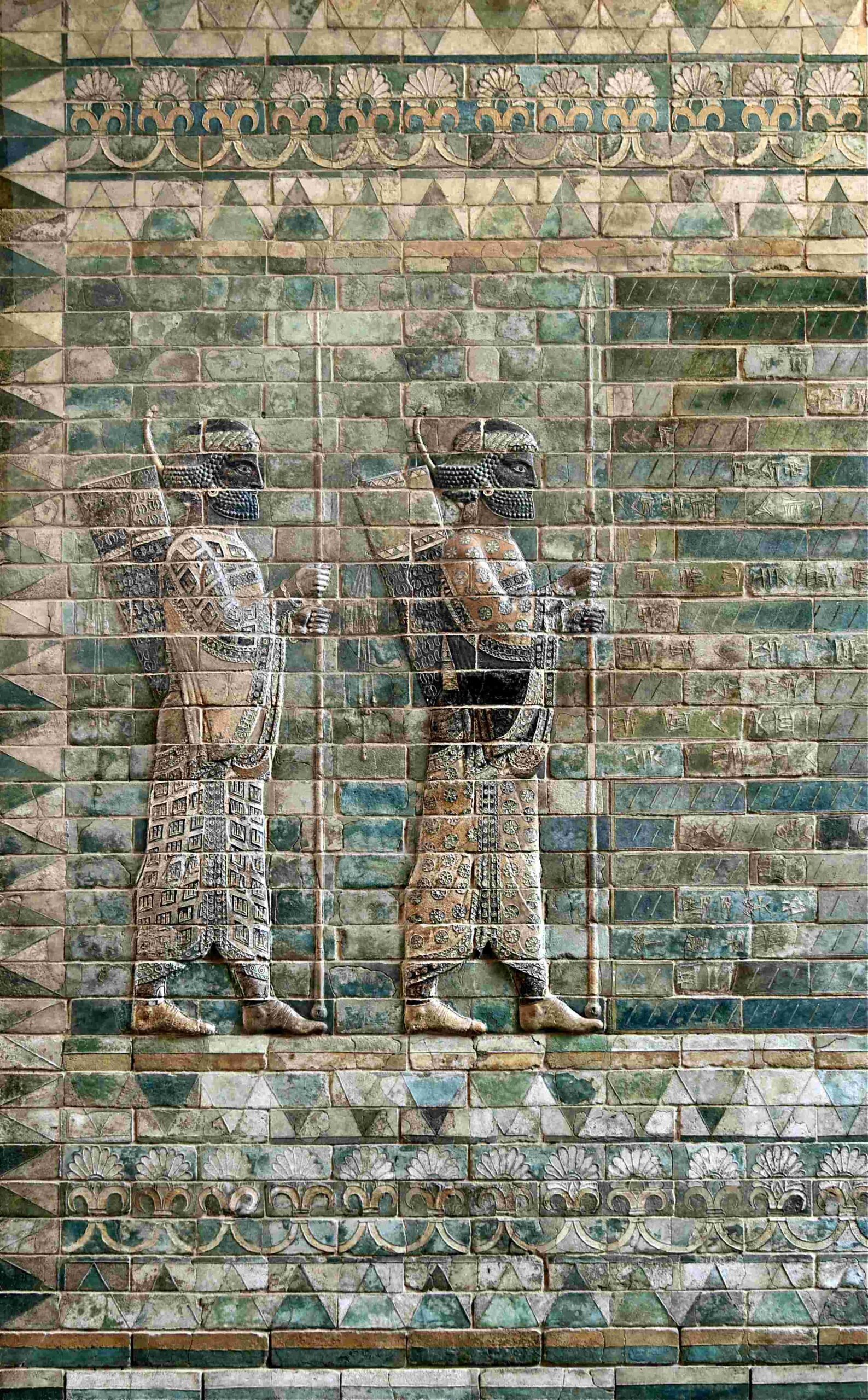The Louvre Museum, one of the world’s most renowned art institutions, is located in the heart of Paris, specifically in the 1st arrondissement. This central district, known for its historical significance and cultural landmarks, houses the iconic museum along the Right Bank of the River Seine. Understanding the Louvre’s location is crucial for visitors planning their trip to this world-famous attraction.
Where Exactly is the Louvre Museum Situated?

The Louvre Museum is firmly nestled within the 1st arrondissement of Paris, one of the oldest and most central districts of the French capital. This location places it at the very core of Parisian history and culture. The museum’s official address is Rue de Rivoli, 75001 Paris, France, highlighting its position within this prestigious zone.
Key Points About the Louvre’s Location:
- Arrondissement: 1st
- Postal Code: 75001
- River Bank: Right Bank of the Seine
- Nearby Landmarks: Tuileries Garden, Palais Royal, Seine River
What Makes the 1st Arrondissement Special?

The 1st arrondissement is not just home to the Louvre; it’s a treasure trove of Parisian history and culture. This district is known for:
- Historical significance
- Architectural marvels
- High-end shopping areas
- Beautiful public gardens
Its central location makes it a hub for tourists and locals alike, offering easy access to many of Paris’s most famous attractions.
How Can Visitors Access the Louvre Museum?
Reaching the Louvre is straightforward thanks to Paris’s excellent public transportation system. The museum is well-connected to the rest of the city through various modes of transport.
Metro Stations Near the Louvre:
| Station Name | Metro Lines | Distance to Louvre |
|---|---|---|
| Palais Royal – Musée du Louvre | 1, 7 | Closest |
| Louvre – Rivoli | 1 | Very close |
| Tuileries | 1 | Short walk |
| Pyramides | 7, 14 | Short walk |
Bus Routes:
Several bus lines stop near the Louvre, including 21, 24, 27, 39, 48, 68, 69, 72, 81, and 95.
RER:
The nearest RER station is Châtelet-Les Halles, served by lines A, B, and D.
What Are the Advantages of the Louvre’s Location?
The Louvre’s position in the 1st arrondissement offers numerous benefits:
- Central Location: Easy to reach from most parts of Paris
- Cultural Hub: Surrounded by other important landmarks and museums
- Scenic Setting: Near the Seine River and beautiful gardens
- Shopping and Dining: Close to high-end boutiques and restaurants
How Does the Louvre’s Zone Affect Visitor Experience?
Being in the 1st arrondissement significantly enhances the visitor experience:
- Walkability: Many attractions within walking distance
- Atmosphere: Immersion in the historic heart of Paris
- Convenience: Abundance of amenities and services nearby
- Photo Opportunities: Iconic Parisian views and architecture
What Other Attractions Are Near the Louvre?
The 1st arrondissement is packed with notable sites:
- Tuileries Garden
- Palais Royal
- Place Vendôme
- Sainte-Chapelle
- Conciergerie
- Forum des Halles
This concentration of attractions makes the area around the Louvre ideal for sightseeing.
How Does the Louvre’s Zone Impact Local Life?
The presence of the Louvre in the 1st arrondissement has a profound effect on local life:
- Tourism: High influx of visitors year-round
- Economy: Boost to local businesses, especially in hospitality and retail
- Cultural Events: Regular art exhibitions and cultural programs
- Urban Planning: Preservation of historical architecture and public spaces
What Are the Best Times to Visit the Louvre’s Zone?
Timing your visit to the Louvre and its surrounding area can greatly enhance your experience:
- Early Morning: Less crowded, great for photography
- Weekdays: Generally less busy than weekends
- Evening Hours: Some days the Louvre is open late, offering a different atmosphere
- Off-Season: Fewer tourists in late fall and winter months
How Has the Louvre’s Location Shaped Its History?
The Louvre’s position in the 1st arrondissement has been integral to its development:
- Originally built as a fortress in the 12th century
- Transformed into a royal residence in the 16th century
- Became a public museum after the French Revolution
- Continuous expansion and renovation over centuries
Its central location has made it a focal point of Parisian history and culture throughout these transformations.
What Future Plans Exist for the Louvre’s Zone?
The area around the Louvre is subject to ongoing urban development plans:
- Pedestrianization projects to reduce traffic
- Restoration of historical buildings
- Improvements to public transportation access
- Initiatives to balance tourism with local quality of life
These plans aim to preserve the historical character of the 1st arrondissement while enhancing its functionality and appeal.
In conclusion, the Louvre Museum’s location in the 1st arrondissement of Paris places it at the heart of the city’s cultural and historical center. This prime location not only makes the museum easily accessible but also enriches the visitor experience by situating it among other significant landmarks and attractions. Understanding that the Louvre is in this central zone helps visitors plan their trips more effectively and appreciate the broader context of this world-renowned institution.
References:
1. https://www.about-paris.com/1st-arrondissement.html
2. https://en.wikipedia.org/wiki/1st_arrondissement_of_Paris
3. https://www.parisperfect.com/1st-arrondissement.php

